Khadim Ali
Invisible Border
10 April–5 June 202110 Apr–5 Jun 2021
#KhadimAli
I became other. I became one of the wearied, dusty faces from across the border. And although there was no boundary between us, and we were all citizens of one country, suddenly an invisible border of horror was drawn around me that made it impossible to get out.
—Khadim Ali
In his largest Australian solo exhibition to date, Hazara artist Khadim Ali explores the normalisation of war and the experience of refugees through a series of poetic installations and textile works. Invisible Border comprises sound installation, miniature painting, and a monumental nine-metre-long tapestry, hand woven by a community of Hazara men and women, some who have lost family members in war. Featuring existing work alongside new commissions developed for the IMA, the exhibition will also feature Otherness, a major body of work developed in partnership with the IMA and Lahore Biennale Foundation.
Ali’s interest in tapestries developed soon after his parents’ home in Quetta, Pakistan was destroyed by suicide bombers. Amongst the rubble and debris left from the blast, a collection of rugs and weavings remained the only thing intact, miraculously able to withstand the reign of terror inflicted upon his family and community. In this new large tapestry and other works, Ali explores the impact of war, trauma, and displacement drawing parallels from the Book of Shahnameh, a Persian literary masterpiece comprising of 50,000 couplets, written between c.977 and 1010 CE.
Like the many great mythic tales in the Shannameh, Ali’s intricate works depict stories of demons and angels, conquest and war, through the lens of the persecuted Hazara community. Expressing the profound grief, trauma and loss experienced at the hands of modern-day warfare, Invisible Border is a necessary and vital exhibition during a time of political propaganda, violence, and fear.
View the digital exhibition guide here.
Otherness has been developed in partnership with the Lahore Biennale Foundation. This project has been assisted by the Australian Government through the Australia Council, its arts funding and advisory body.
-
Curated By
- Liz Nowell
Off-Site Venues
- Lahore Biennale
Lahore, Pakistan26 Jan–20 Feb 2020UNSW Galleries
Sydney, Australia20 Aug–20 Nov 2021
Artist BioKhadim Ali
PakistanBorn 1978, in Quetta, Pakistan, Khadim Ali currently lives and works in Sydney, Australia. After growing up in Pakistan as a refugee, he was trained in classical miniature painting at the National College of Arts in Lahore and in mural painting and calligraphy in Tehran.
Selected exhibitions include the Venice Biennial (2009); Safavid Revisited, APT5, Queensland Art Gallery, Brisbane (2006); British Museum, London; No Country: Contemporary Art for South East Asia, Solomon R. Guggenheim Museum Museum, New York (2013); Documenta 13 (2012); 2017 Lyon Biennale; The National (2017), Museum of Contemporary Art, Sydney; and Dhaka Art Summit (2018). Ali’s work is in the collections of the National Gallery of Australia, Canberra: Australian War Memorial, Canberra; Art Gallery of New South Wales, Sydney; Queensland Art Gallery, Brisbane; Victoria and Albert Museum, London; and the Solomon R. Guggenheim Museum, New York.
Related Events
-
Khadim Ali and Liz Nowell
In Conversation
-
Antony Loewenstein on Afghanistan
Online Lecture
-
Khadim Ali
Invisible Border



















